How to stop chafing while walking is a significant concern for hikers. Chafing can be painful and inconvenient, especially if you are on a thru-hike. It can cause you to end your journey, especially if it appears between the thighs or on the feet. The pain can be unbearable; you might even need assistance returning to the base.

Imagine yourself thru-hiking on the amazing pacific crest trail, then the friction starts, and you cannot stop it; then your skin is peeling and feeling so painful that pain medication is not even helping. It is uncomfortable and inconvenient. We are here to help you with preventive measures so that you can enjoy your hikes, both long and short.
We understand that all hikers experience chafing differently and in different parts of the body. Each type of chafing requires a unique solution to help you stay on the trail to completion. However, the causes are more or less the same: moisture, humidity, and heat.
The areas that are prone to Chaffing and which you should look out for are:
- The butt area
- Armpits
- Nipples
- Breasts
- Thighs
- Shoulders
- Lower back
- Groin
What do you need to help you how to stop chafing while walking?
While preparing for your hiking adventure, one of the essential items is a first aid kit. Besides the basic antihistamines and pain-relieving medication, your kit should contain chafing medication. You must also get specific clothes to help prevent chafing while walking. Some of the items that you should not miss in your bag include:
- Skin lubricants
- Sports bra
- Body powder
- Nipple guards
- Thigh bands
- Moleskin
- Antifungal cream or powder
- Rash cream
Best Practices on How to Stop Chafing while Walking
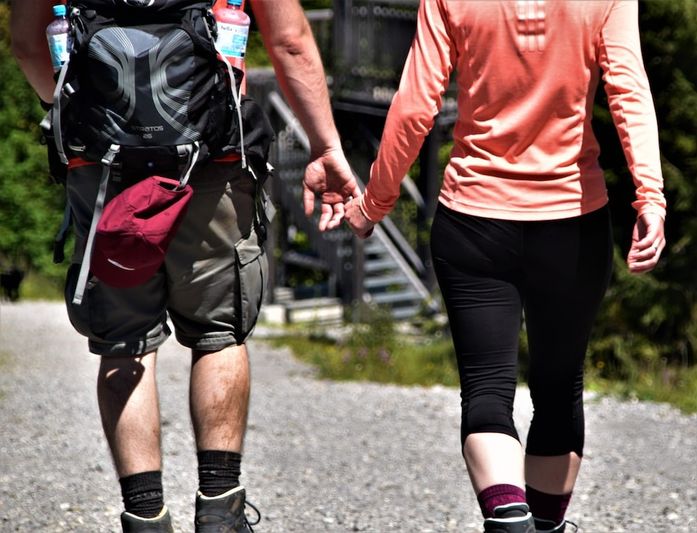
Chafing in any part of the body can be your worst nightmare, but you can prevent and treat using these tried and tested techniques.
Wear Synthetic Fabrics
Natural fabrics should never make their way into your hiking backpack. As comfortable as they may be, they will give you a nightmare once chafing sets in. Cotton, to be specific, is a no go zone because of its ability to soak up sweat and not dry faster. You will be wet and cold the whole time, increasing your chances of chafing.
Synthetic fabrics will prevent parts of your body from the chafing menace and keep you comfortable throughout your adventures. It would help if you considered having all your pieces of clothing in synthetic fabric, including the undies.
The undergarments are the real culprits when it comes to thigh and butt chafing. A wrong choice will leave you regretting the whole idea of hiking.
Fabrics that you can consider while shopping for your hiking clothes include:
- Moisture wicking mesh
- Neoprene compression gear
- Lace, for the undergarments
- Microfiber fabrics
- Spandex or Lycra
- Nylon microfiber
- Wool for the socks
Apply Anti Chafing Lubricant
Anti-Chafing lubricant can be lube, cream, powder, good old Vaseline, or even coconut oil. Most of these items are available in your local store and online. If you want to the beast on the trail and not have your dignity reduced by chafing, you must have one or all of these items in your camping bag.
Lubricating is a preventive measure that reduces the chances of chafing significantly. You apply the lube, cream, or powder on the parts where friction is most likely to occur, either between body parts or with the clothes.
Thighs are usually the first to suffer from chafing, especially if you are plus size, so you will need to keep applying the lubrication as you go. Other prone areas include the back, groin, underarms, waist, and feet.
You use body powders in folded areas and on crevices to absorb sweat and keep the body dry. Sweat is the main reason behind chafing.
The lubrication and powder will be effective if you thoroughly clean and dry the areas. You may need to repeat the process at every stopover, especially if you are hiking in warm weather when you sweat more often.
Get clothes that fit well.
You may get the suitable fabric, but the fitting is wrong, and you will still suffer on the trail. Clothes that are too loose will move too much and cause friction with the skin, while too tight clothes will press the skin too much. Both cases will result in painful, irritating chafing.
Get clothes that fit right, which means you may need to shop more often if you keep losing or adding weight. You cannot wear the same clothes that you hiked in last season. Remember, the clothes also expand, especially the ones made from stretchy materials such as spandex.
If you intend to wear loose clothes, we recommend putting on spandex shorts or a body suit inside to prevent friction. We also recommend seamless inner garments, which are more comfortable and have less friction with the body.
When planning for a thru-hike, you may need to take your clothes on a test drive to be sure they are the right fit and prevent friction.
After cleaning your body, you must change clothes. Pack enough such that you will not need to repeat. The other alternative is to wash your clothes in the lakes or rivers and dry them. The synthetic fabric dries pretty fast, and you will have clean clothes on the trail for the next few days.
Maintain body cleanliness
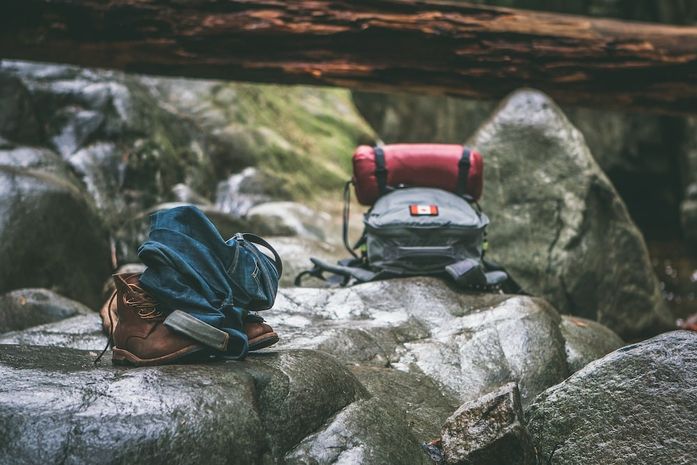
The skin does not get dirty only from external factors such as dust but also from body excretions, bacteria, dried sweat, and dead skin cells. This dirt build-up will increase friction between the skin surfaces or the skin and clothes, leading to chafing.
Take a good shower before setting out on the trail. You may not have access to a shower while out there, but you will not miss a clean pool or river. Take a dip every time the opportunity presents and dry the water out completely before applying your oils, creams, and powder.
Pack enough wet wipes in your Backpack; they will be helpful when you go a long distance without finding a clean water body.
Get the right Backpack.
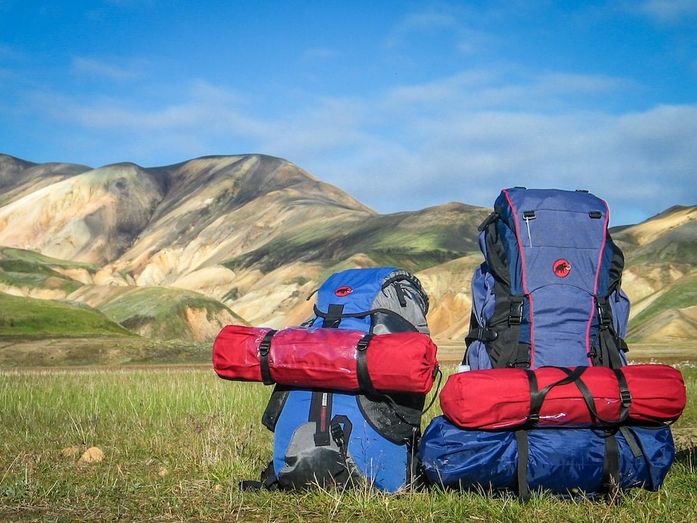
Your Backpack is the main culprit for chafing on your shoulders and back. It would help if you got a good quality bag that is well-padded to protect your skin. While hiking on the trail, you must carry your Backpack. Or you could hire a handyperson at a cost you might not afford.
You cannot get rid of your Backpack since it contains your entire life while on the tracks. Get the best quality, which you will also use for an extended period. Remember, a backpack can only wear out; unlike clothes, you cannot outgrow it.
Choose the right fit for your body structure and adjust the straps, including the waist strap, accordingly. Besides the risk of chafing, your Backpack can also cause irreversible damage to your spinal cord. Always ensure you replace a worn-out bag promptly.
Take Breaks
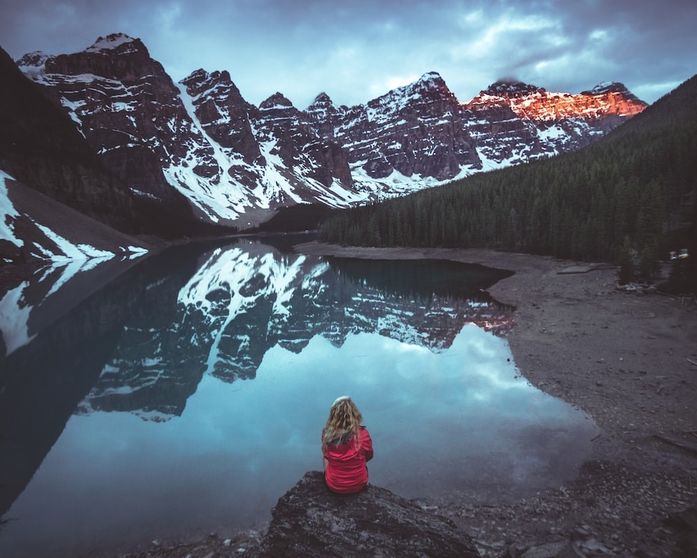
When planning your itinerary, create time for breaks. Walking long distances without rest can cause chafing, especially on the feet. Pay attention to every area of your body and if you feel any slight pain or itching, stop immediately and address the issue.
By resting, you are allowing the sweat to dry up. You should also use this chance to inspect your body and apply medication to areas that are already chafing. While finishing the trek is necessary, the most important is to be in good shape. Chafing can cause you hiking trauma, especially if you are a beginner.
Drink enough water
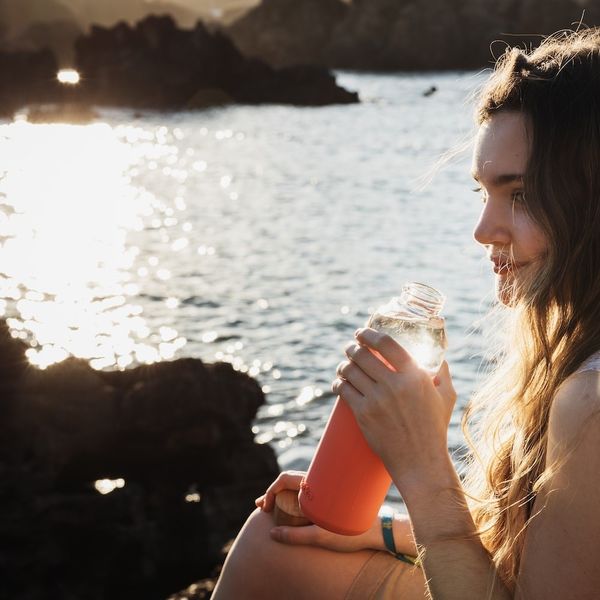
Stay hydrated; it helps dilute the sweat and reduces the salt deposits on the skin’s surface. The salt deposits are responsible for skin irritation, itchiness, and chafing.
You need to keep your system hydrated by drinking water before starting and carrying enough water to keep you replenished. If you do not have the space to pack enough water, make sure you have water treatment chemicals. That way, you can fetch water from a clean source and add the chemicals to make it fit for drinking.
Lack of water while hiking can physically harm your body by chafing and internally from hydration.
Conclusion
We hope we have added value to your quest on how to stop chafing while walking. While this is a hiking and adventure website, some of these tips apply to even shorter nature walks and walks around town, running errands. Skin chafing can make you miserable.
On hiking, always remember that you can still turn back. If you feel like the chafing is becoming unbearable, alert the emergency response and have them get you back to the base for first aid. Chafing can get painful and influence your decision never to hike again.
We look forward to reading your comments about this guide. Talk to us in the comment section.
Show your appreciation by liking and sharing the post.
